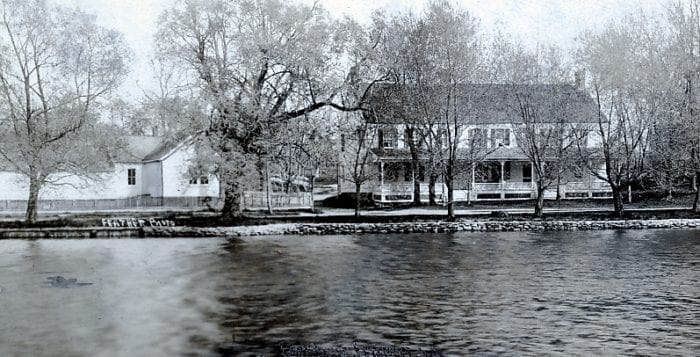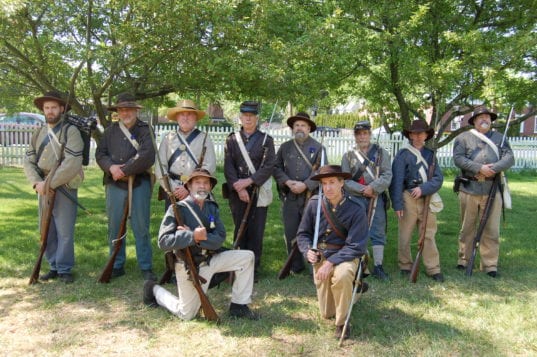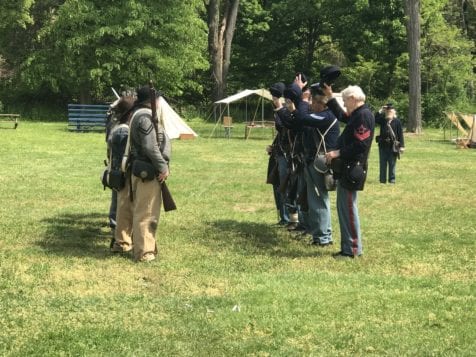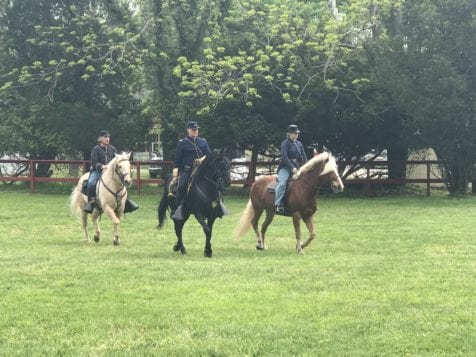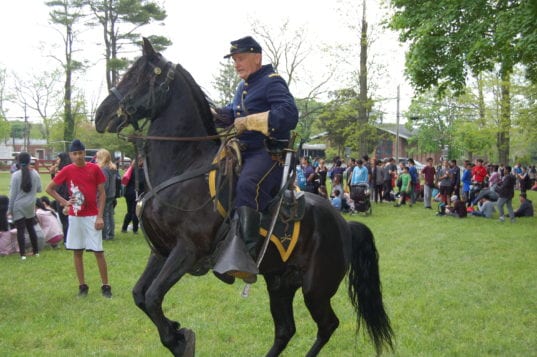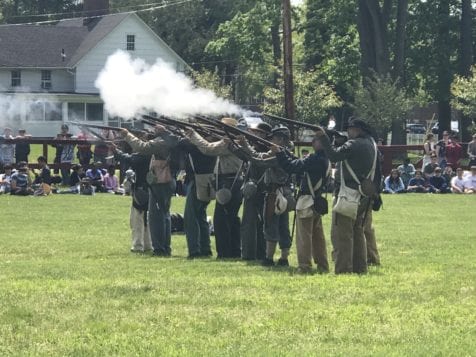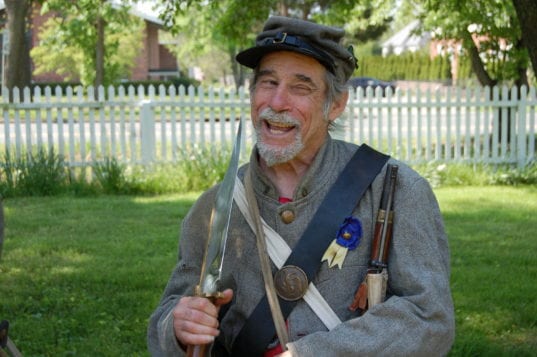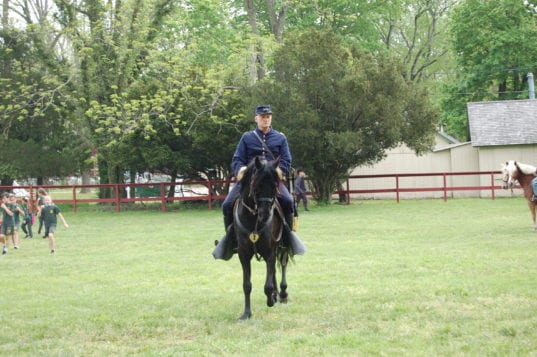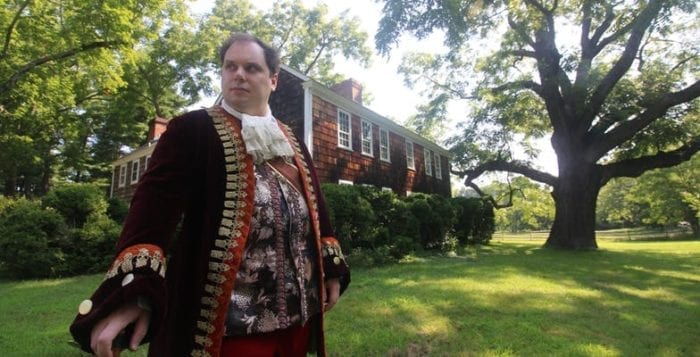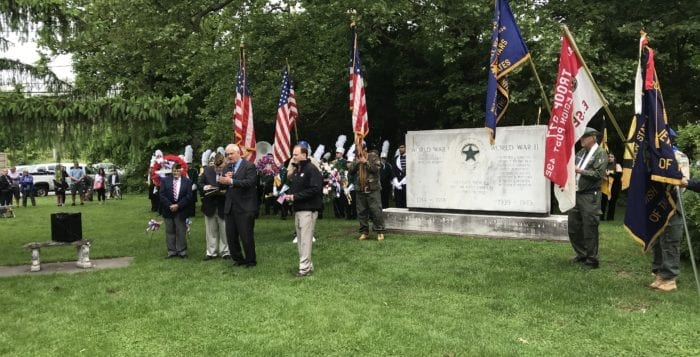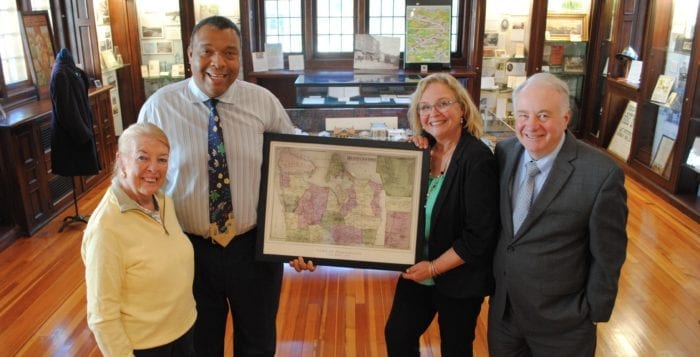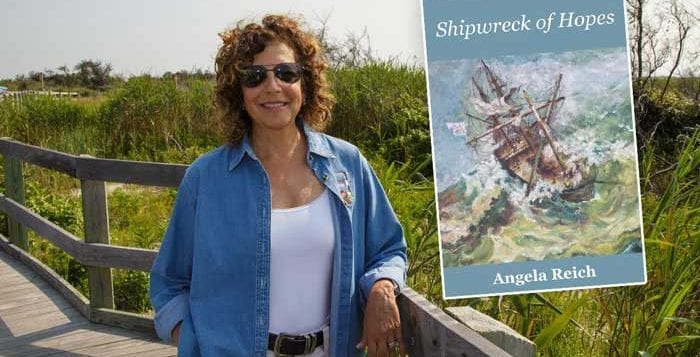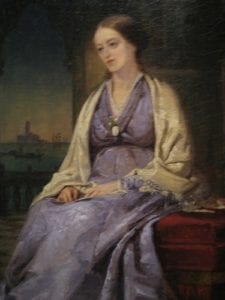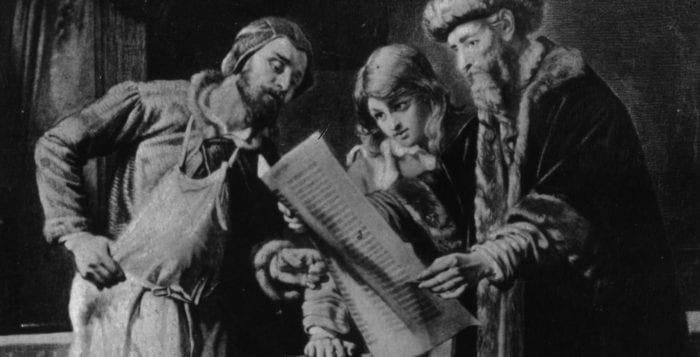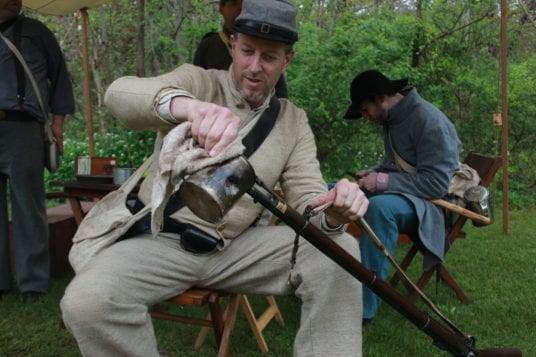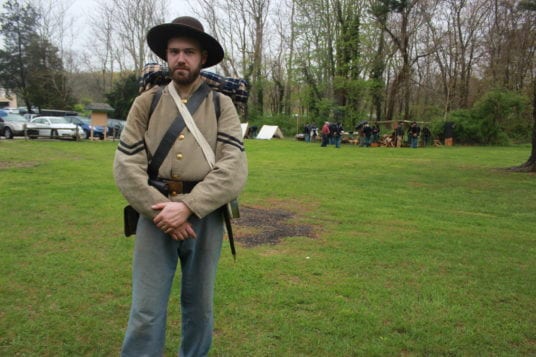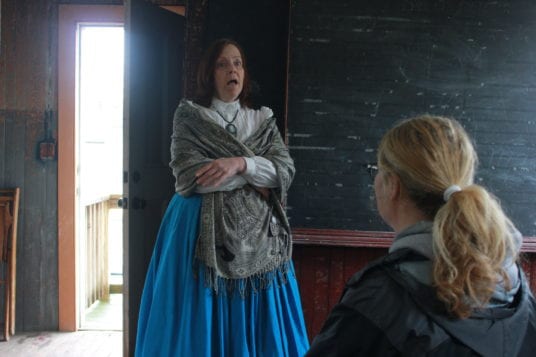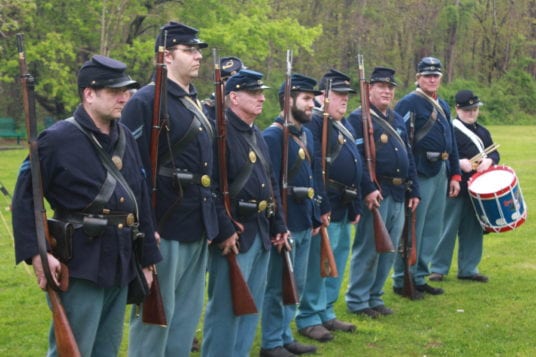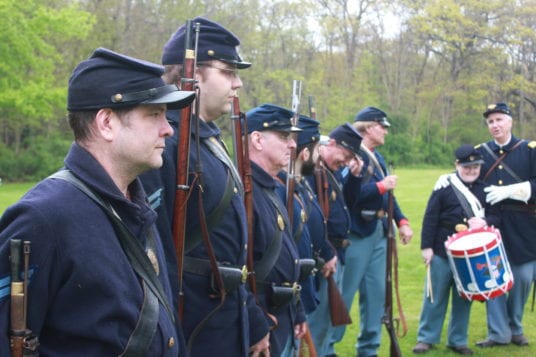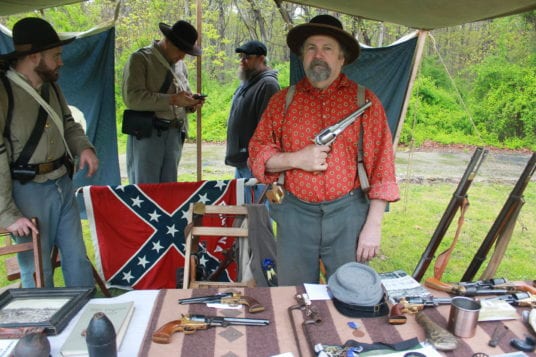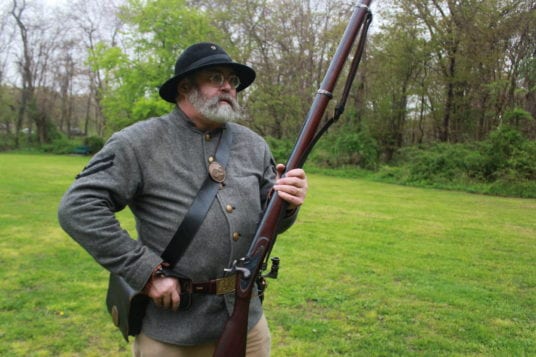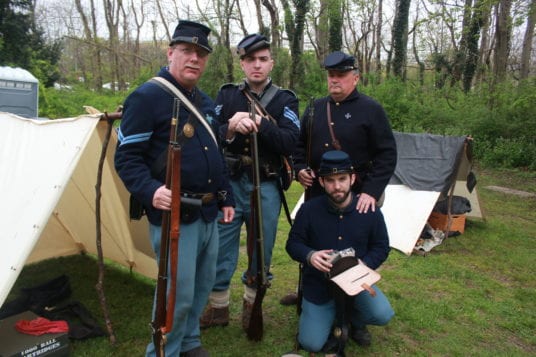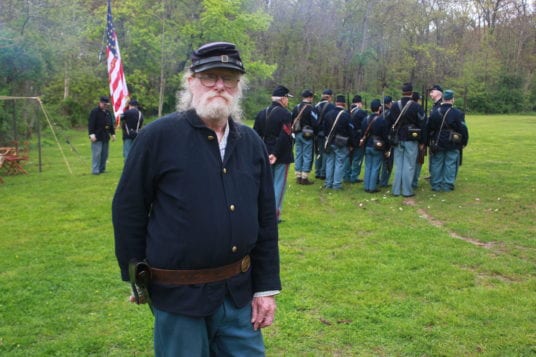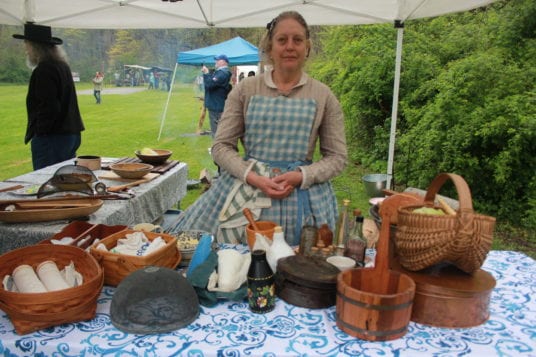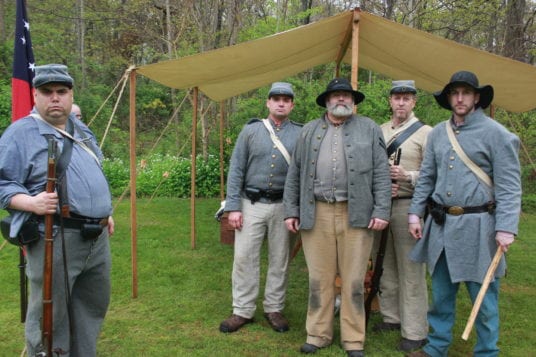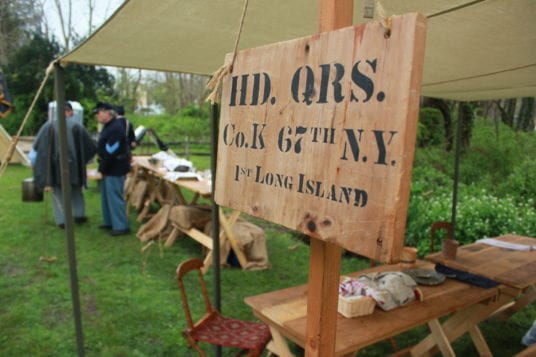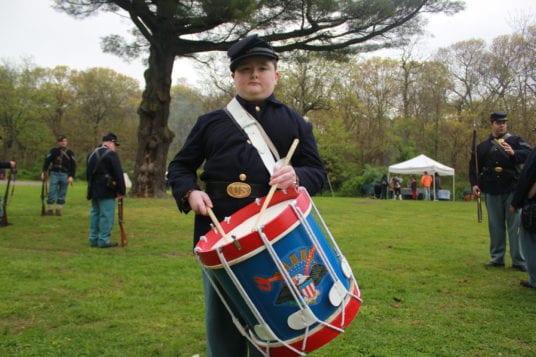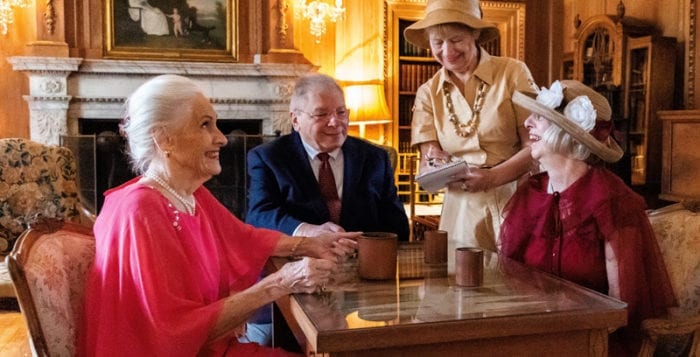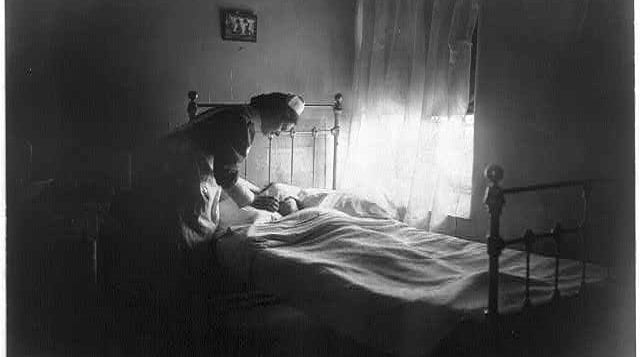By Beverly C. Tyler
While the wooden shipbuilding era was ending on Long Island and in the Three Village area in the 1870s, the Long Island Railroad was completing the North Shore line. The coming of the railroad made it possible for people and products to travel quickly overland.
Until the railroad came, most travel and commerce to and from Long Island ports was conducted by ship. As the railroad became more efficient and reliable, tourism began to increase, especially during the summer months. Hotels, tourist homes and summer cottages opened in Stony Brook and Setauket, as they did throughout Long Island, to accommodate the influx of visitors.
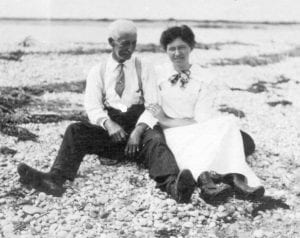
By 1902, there were six hotels or tourist homes in Stony Brook and ten in Setauket-East Setauket that offered weekly rates. In Stony Brook, the Pine View House run by Israel Hawkins was advertised as a family recreation summer boarding house with accommodations for 25 guests. Guests at the Pine View had the use of a beach house at West Meadow Beach.
In East Setauket, Shore Acres was a large boarding house overlooking Setauket Harbor. Shore Acres was run by Mr. and Mrs. William D. Oaks and had 30 rooms and one bathroom with a washbasin in each room. “In the large dining room on Sundays, the meal was usually chicken, slaughtered on Saturday evening, fresh garden vegetables and homemade ice cream.” (Long Island Museum 1981 exhibit Summer at the Shore). Boating and bathing were popular activities during these summers, and Shore Acres had docks and boats for the use of guests.
In Setauket, the Lakeside House, now the Setauket Neighborhood House, had accommodations for 25 guests at $6 to $8 per week. The Lakeside House was run by my grandfather Captain Beverly Swift Tyler. In 1879, he was master and 3/8 owner of the Willow Harp. She was a coastal schooner and carried coal from New Jersey to East Setauket. Beginning about the turn of the century Captain Tyler, who then spent much of his time running the Lakeside House and general store, would take guests on sailing outings on his catboat Madeline, which was anchored in Setauket Harbor.
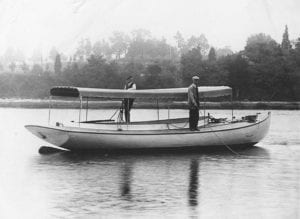
After he married my grandmother Edith Griffin in 1912, who first came to Setauket to stay a week at the Lakeside House with her sister Carolyn, she became the Lakeside hostess and manager of the kitchen and boarding house staff. Lucy Hart Keyes, born 1900, commented that she worked at the Lakeside house as a young girl and that Mrs. Tyler was “an easy person to work for.”
In 1906, my grandfather built the catboat Setauket in an area behind the Lakeside House. The Setauket was the second boat he built — the first being the Madeline — which, according to Roger Tyler, Captain Tyler’s nephew, “was built with the comments and help of friends and neighbors whose advice he took and later regretted. When the Setauket was being built and comments were again offered, Captain Tyler this time pointed out that the Madeline was their community boat and that he was building the Setauket by himself.”
Sailboats and the harbors and inlets of the Three Village area were part of the attractiveness of the community at the turn of the century. Captain Tyler used the Setauket to take guests on excursions on the Sound and around Setauket and Port Jefferson harbors. The Setauket was also built to race in local competitions in Port Jefferson Harbor. When the Setauket was built, Captain Tyler sold the Madeline, which was a fairly good racing catboat. Roger Tyler said that the Setauket was raced in Port Jefferson and was a consistent winner against all competition including the Madeline. Tyler commented that, “it got to be so that they wouldn’t tell Bev when a race was to be run and a few times he found out about them only just an hour or so before the race, but raced and won anyway.”
Beverly C. Tyler is Three Village Historical Society historian and author of books available from the society at 93 North Country Road, Setauket. For more information, call 631-751-3730 or visit www.tvhs.org.

